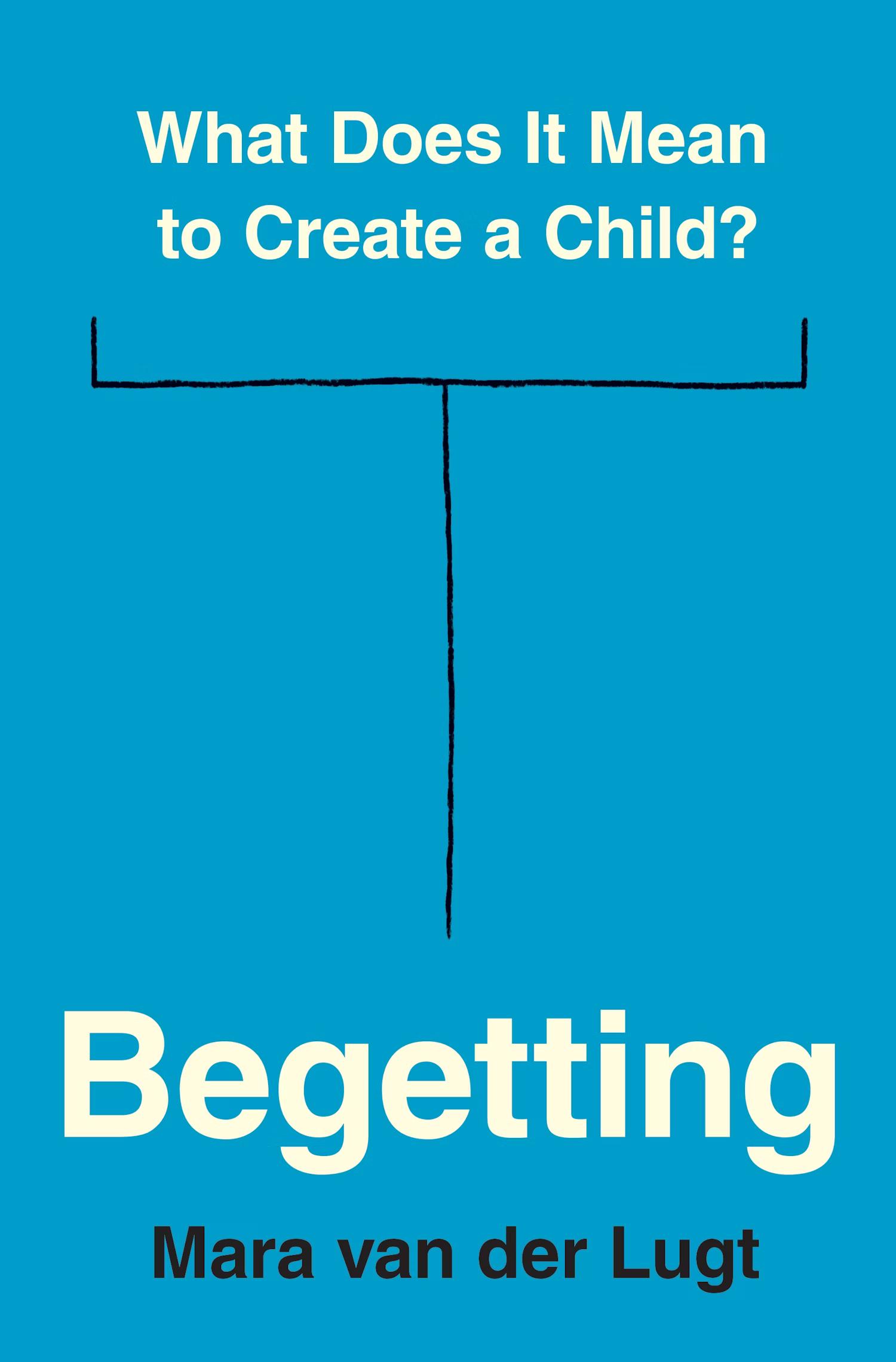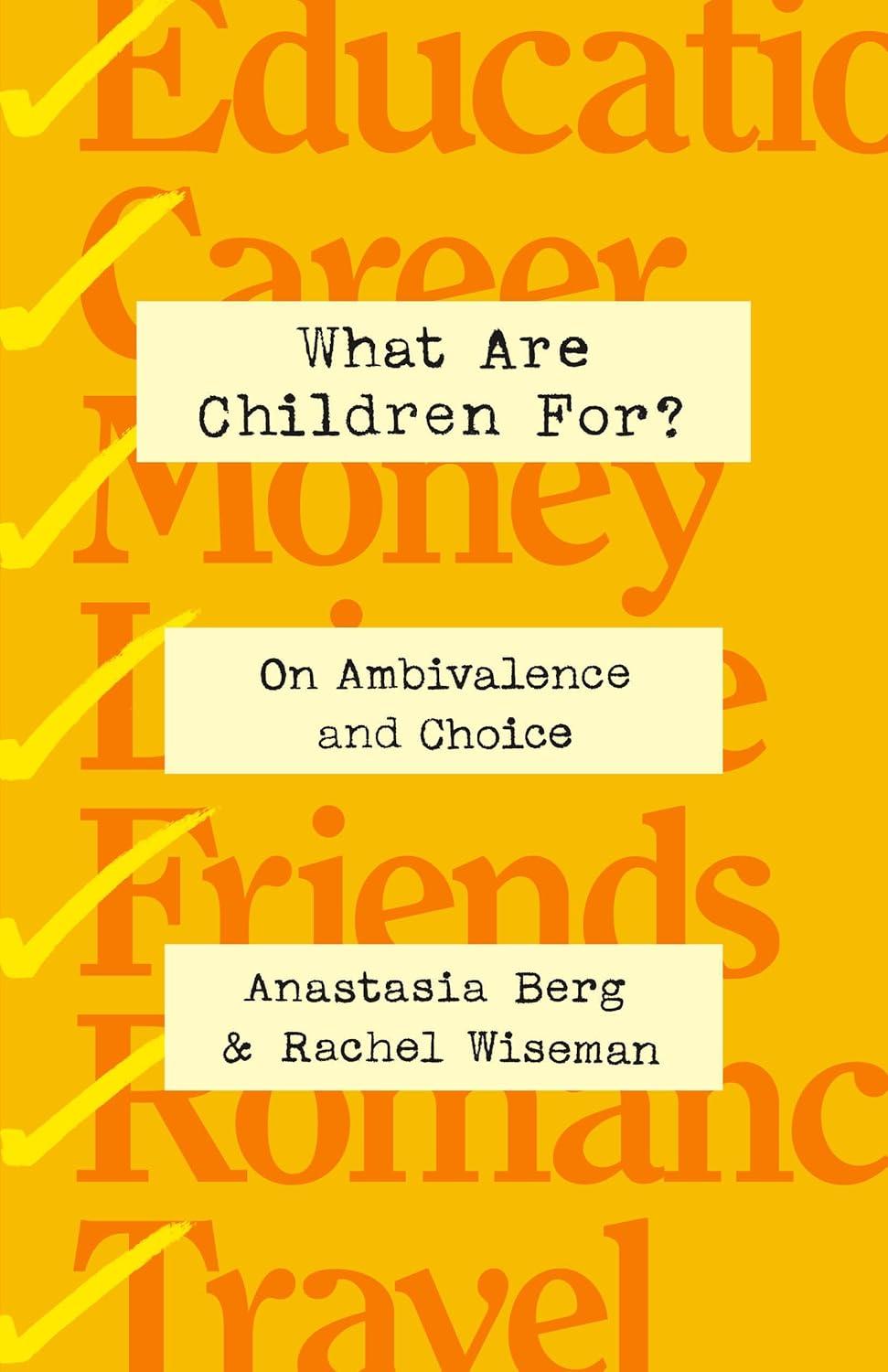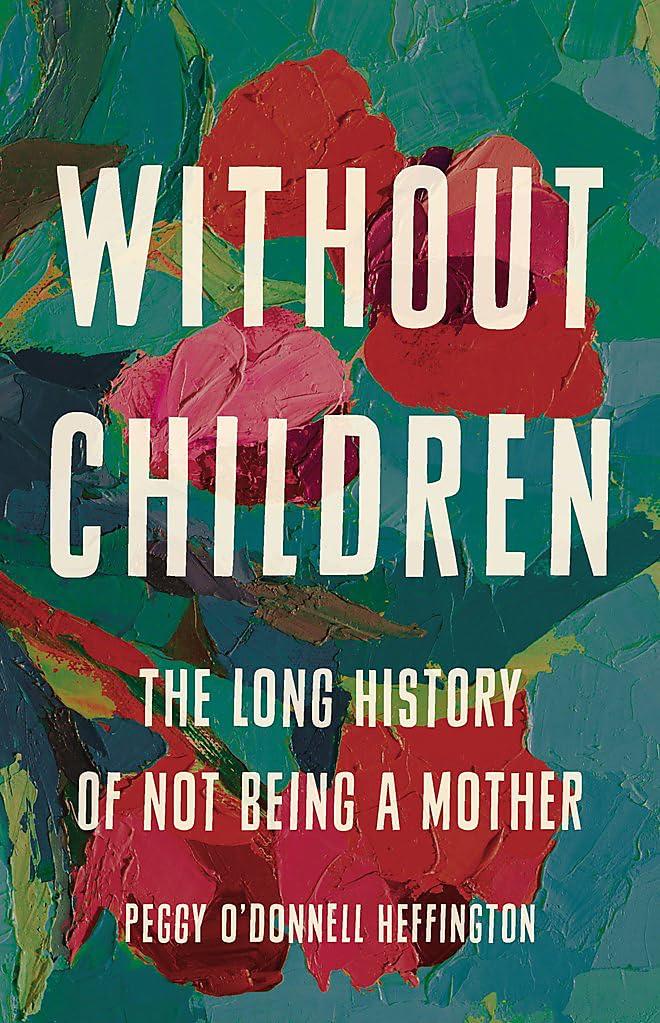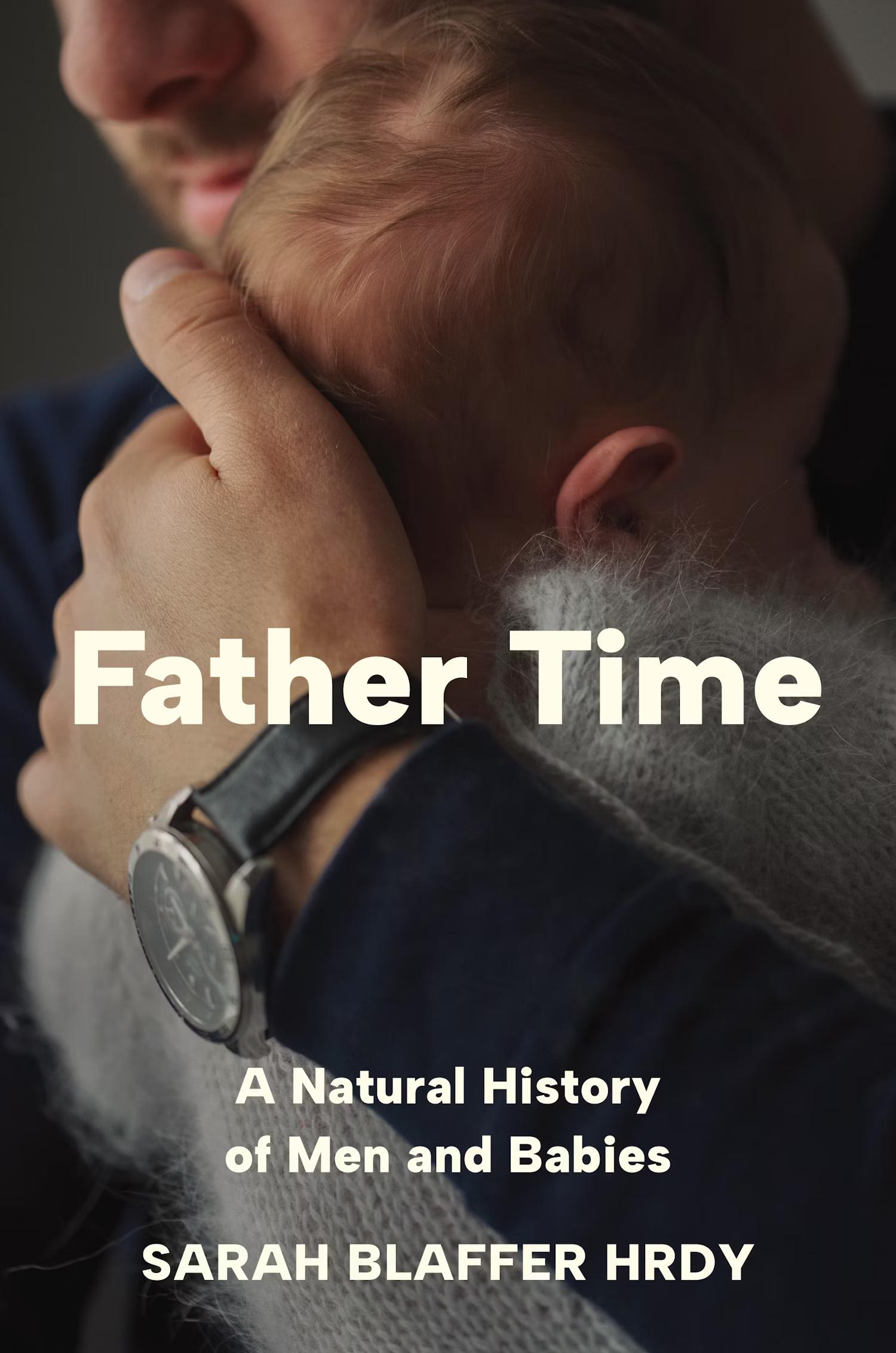If every generation thinks it invented sex, they are also wrong when they invent choosing childlessness. The fact is, outside of a very narrow, highly educated slice of the Global North, the vast majority of people today still become parents, and at roughly the same rate they always have. Meanwhile, it’s worth remembering that people in the past tended to exercise the same general kinds of choice-within-constraints that we have today. The difference is in degree far more than in kind.
Books like these imply or outright state that the birthrate is falling because of a new epidemic of chosen childlessness. But the data doesn’t show us that; what it shows is that people have far fewer children, one or two instead of eight. (Meanwhile the sharp decline in teen pregnancy alone accounts for half the drop in the United States’ general fertility.) Opinion columnists and reactionary politicians habitually infer rampant childlessness from the declining number of total births, but the modern childless woman (and debates about “parents” are mainly talking about women) remains the same kind of statistical outlier she has always been.
As recently as 2016, the percentage of U.S. women between ages 40 and 44 who had borne a child was 86 percent—higher than it’s been since the mid-1990s and down only from 90 percent in 1976, a time when only about 10 percent of women earned a bachelor’s degree. The rate fell as low as 80 percent in 2006, but these are still strikingly high numbers. Direct comparisons to the past are tricky, but it’s telling that in 1870, for example, only 84 percent of married American white women had borne a child, compared to 93 percent in 1835. (Imagine the panicked op-eds! Of course, among enslaved women, for whom reproduction was truly compulsory, the number was about 97 percent.) If we remember that perhaps 1 in 10 American women today struggle with infertility, it seems hard to imagine it could be much higher (at least in a reproductively free society).
The general birthrate has fallen, of course. But what should we compare today’s figures to? Berg and Wiseman write that “after declining steadily for thirty years, the national fertility rate reached an all-time low in 2020.” Yet the all-time low they refer to—1.6 live births per woman—rebounded to 1.7 in 2022, which was also the previous all-time low first reached in 1976. Isn’t an “all-time low” that’s lasted for fifty years better described as a half-century norm?



